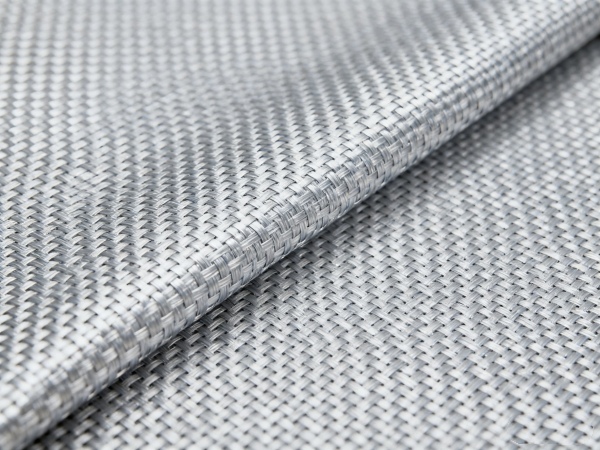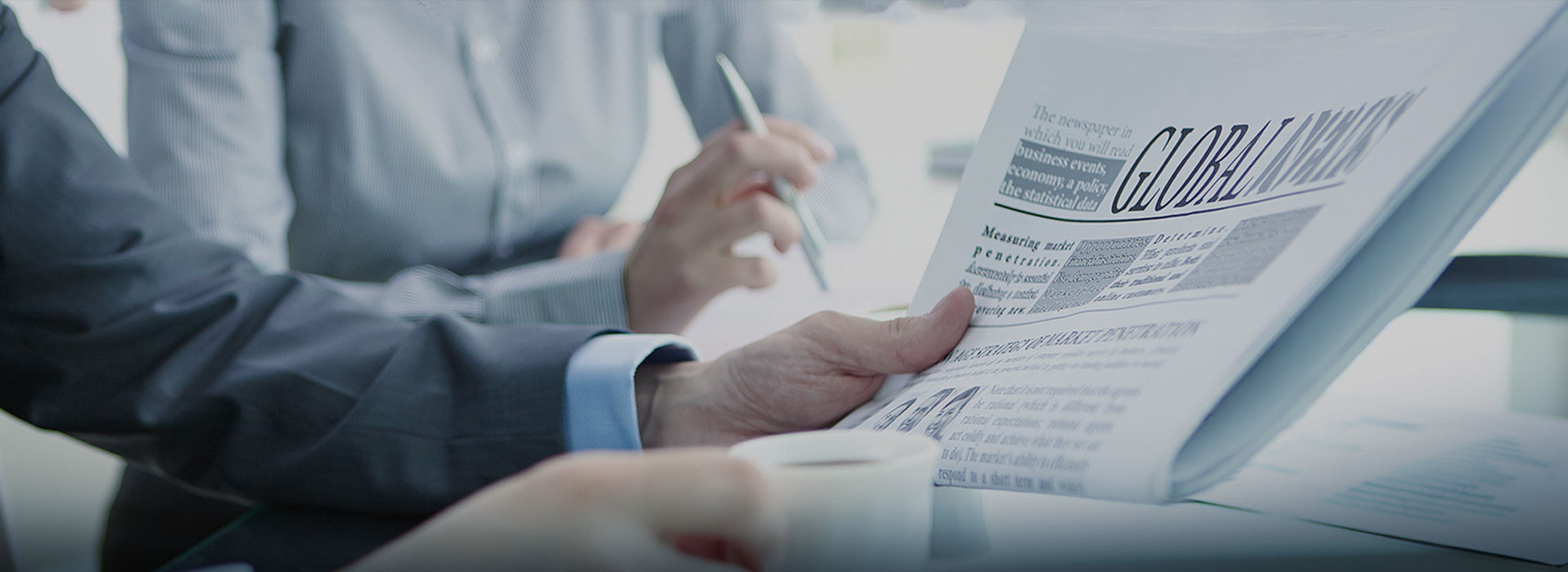Introduction to Woven Roving Fiberglass

Woven roving fiberglass is a type of fiberglass material made by weaving continuous strands of glass fibers into a stable fabric. Unlike chopped strand mats or fiberglass mats, woven roving provides a more uniform and directional strength, making it ideal for applications that require high mechanical performance. Its consistent structure and ability to integrate seamlessly into composite materials have made it a preferred choice in industries ranging from automotive to construction and marine engineering.
Structure and Manufacturing Process
Woven roving fiberglass is produced by carefully arranging continuous glass fibers in parallel bundles, then weaving them into a fabric. This process ensures that fibers are evenly distributed, providing enhanced tensile strength and dimensional stability. Some woven roving fabrics are coated with sizing agents to improve adhesion with resins, ensuring a strong composite when used in applications such as molding or laminating.
Strength and Durability Advantages
The primary advantage of woven roving fiberglass lies in its high tensile strength and impact resistance. Materials reinforced with this fabric can withstand heavy loads, mechanical stress, and repeated use without deforming or breaking. Long-term durability reduces maintenance and replacement costs, making it especially valuable for industrial applications like tanks, pipes, and structural panels.
Resistance to Environmental Factors
Woven roving fiberglass is inherently resistant to chemical corrosion, high temperatures, and UV degradation. This makes it suitable for harsh environments, including outdoor installations, chemical processing plants, and marine applications. Its environmental resistance ensures that products maintain their performance and structural integrity over time, providing reliability even under challenging conditions.
Typical Applications
Woven roving fiberglass is used across a variety of industries due to its versatile performance:
1. Composite Molding: Ideal for hand lay-up or vacuum infusion processes in producing panels, tanks, and housings.
2. Marine Industry: Reinforces boat hulls, decks, and structural components.
3. Automotive Components: Used for body panels, hoods, and structural parts requiring strength and lightweight properties.
4. Industrial Products: Enhances pipelines, storage tanks, and protective covers exposed to chemicals or mechanical stress.
5. Renewable Energy: Applied in wind turbine blades and other lightweight, high-strength components.
Types and Grades of Woven Roving Fiberglass
Woven roving fiberglass comes in different fiber diameters, fabric weights, and weave densities. Some are treated with special coatings for better resin adhesion or higher environmental resistance. Choosing the right type depends on the specific project requirements, such as load-bearing capacity, chemical exposure, and the molding method. High-quality grades offer improved mechanical properties and longer service life.
Cost-Effectiveness and Long-Term Value
Although woven roving fiberglass may have a higher initial cost than chopped mats or lower-performance fabrics, its long-term benefits far outweigh the upfront investment. Reduced waste, enhanced durability, and improved performance result in lower maintenance costs and fewer replacements. For industrial manufacturers, this translates into both economic and functional advantages.
How to Choose the Right Woven Roving Fiberglass
When selecting woven roving fiberglass, consider the following factors:
1. Application Requirements: Load, environmental exposure, and mechanical stress.
2. Resin Compatibility: Ensuring proper adhesion with the chosen resin system.
3. Fabric Weight and Thickness: Matching material properties to structural needs.
4. Supplier Reliability: Quality control and consistent material properties across batches.
Proper selection ensures optimal performance, long-term durability, and maximum value from your fiberglass investment.
Woven roving fiberglass is a versatile and high-performance material that significantly enhances the strength, durability, and environmental resistance of composite products. Its ability to provide consistent, directional strength makes it an essential choice for industries ranging from marine and automotive to construction and renewable energy. For manufacturers and engineers seeking reliable, long-lasting reinforcement materials, woven roving fiberglass offers both performance and cost-effectiveness.



